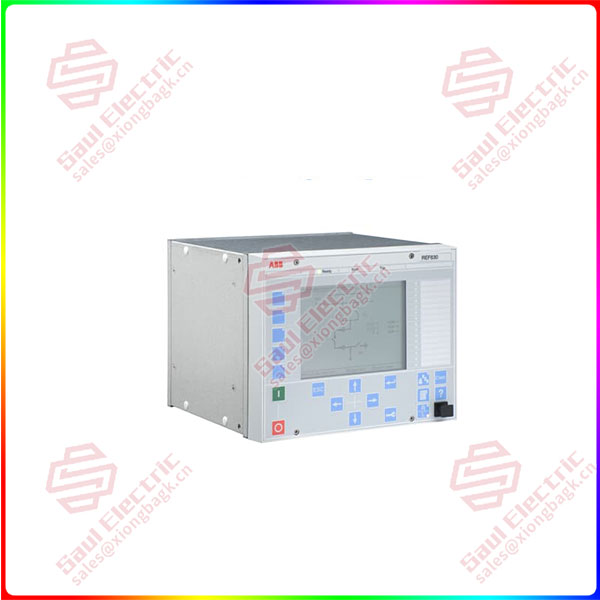On September 8, the China Association of Listed Companies released the “China High-end Manufacturing Listed Company Development Report 2023”. As of September 7, 2023, the number of A-share manufacturing listed companies in China reached 3,537, accounting for 67% of the total number of A-share listed companies. Among them, the number of high-end manufacturing listed companies reached 2,021, accounting for 57% of the total number of A-share manufacturing listed companies.
In the past five years, the overall net profit margin of listed high-end manufacturing companies has increased from 4.68% to 6.65%, and the overall profitability has been greatly improved, reflecting the continuous enhancement of the core competitiveness of China’s high-end manufacturing industry, and the industry has shown strong vitality for development.
The report shows that in recent years, the number of listed companies in high-end manufacturing has continued to increase, benefiting from policy support and the historical opportunity of the transformation and upgrading of China’s industrial structure. The semiconductor and high-end machinery manufacturing industries are booming, and listed companies in wind power, photovoltaic, energy storage, new energy intelligent vehicles, and transportation equipment electrification industries are experiencing rapid development. Overall, the development of China’s high-end manufacturing listed companies presents the following six characteristics:
First, the scale of revenue and profit continues to expand, and the overall profitability has been greatly improved
In 2022, the income scale of listed companies in China’s high-end manufacturing industry reached 13.16 trillion yuan, and the compound growth rate in the past five years was 14.97%, and the income growth rate was significantly higher than the GDP growth rate, indicating that high-end manufacturing companies are in the rapid development of the rising period, but also become one of the new drivers of China’s economic growth.

REF630
In 2022, the high-end manufacturing listed companies achieved a net profit of 875.081 billion yuan, an increase of 7.49%, the compound growth rate in the past five years was 25.52%, and the profit level has been rapidly improved in the past five years. In the past five years, the overall net profit margin of listed high-end manufacturing companies has increased from 4.68% to 6.65%, and the overall profitability has been greatly improved, reflecting the continuous enhancement of the core competitiveness of China’s high-end manufacturing industry, and the industry has shown strong vitality for development.
Second, the scale of financing is maintained at a high level, and the industrial layout is constantly optimized
In 2022, the total IPO and refinancing scale of listed high-end manufacturing companies in China will reach 579.901 billion yuan, of which the IPO financing amount will reach 211.215 billion yuan and the refinancing amount will reach 368.686 billion yuan. The registration system has brought about the highly active and rapid growth of the financing market, and the high-end manufacturing industry, as the key support industry of China’s capital market, has witnessed a substantial increase in the number and scale of various types of financing since 2019, and has maintained a high level in the past three years.
In 2022, the financing type of listed companies in high-end manufacturing is mainly refinancing, with the number and amount accounting for 59% and 64% respectively, accounting for more than half of the capital operation, reflecting the strong investment demand of listed companies in high-end manufacturing, the continuous expansion of industrial capacity, and also reflecting the full stage support of China’s capital market for the development of listed companies.
In 2022, a total of 30 major asset restructurings took place in China’s high-end manufacturing listed companies. The scale of restructuring transactions reached the highest point in 2020, and the number of restructuring showed A downward trend year by year, which is related to the overall prudence of major A-share asset restructuring transactions in recent years and the relative contraction of the listed company M&A and restructuring market.
 1 Year Warranty
1 Year Warranty





